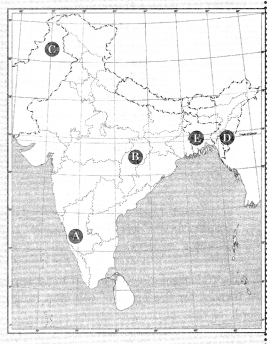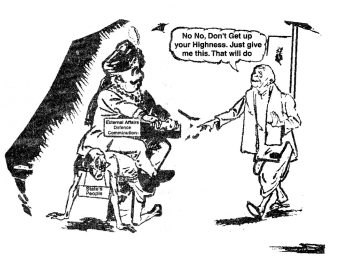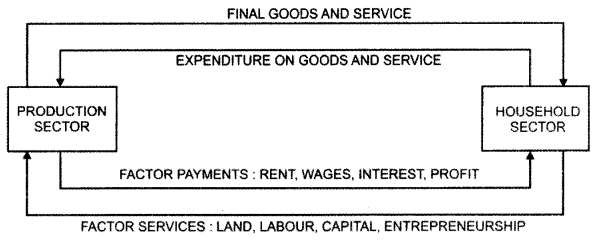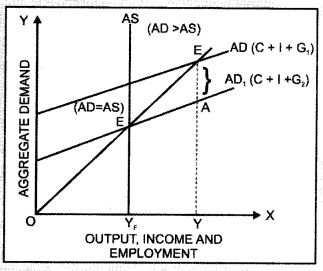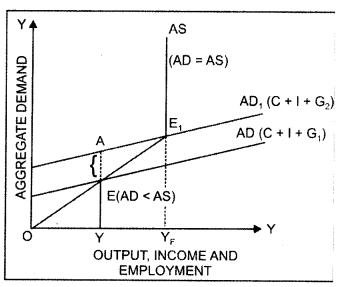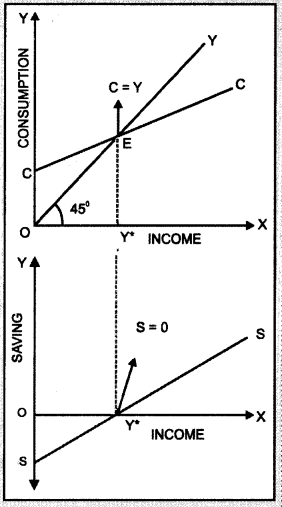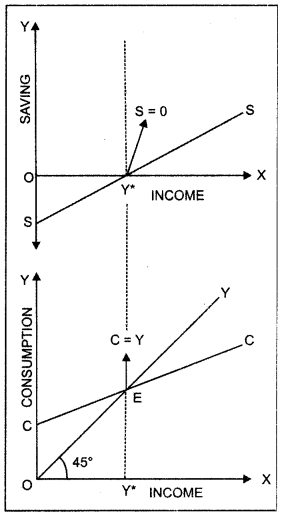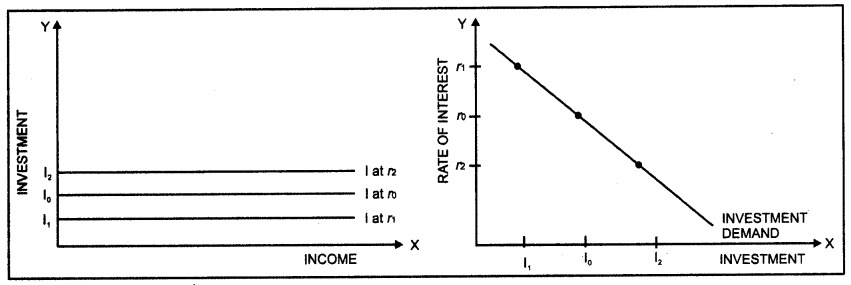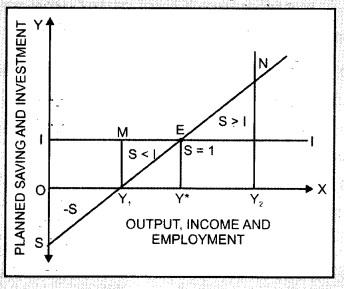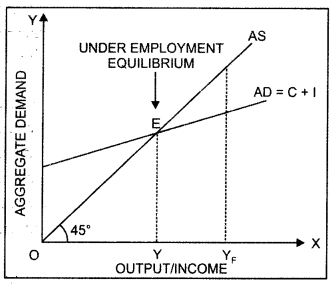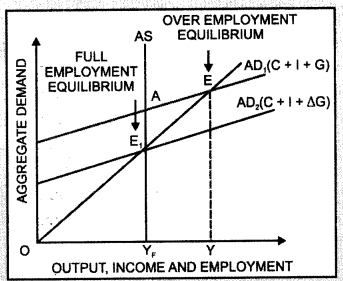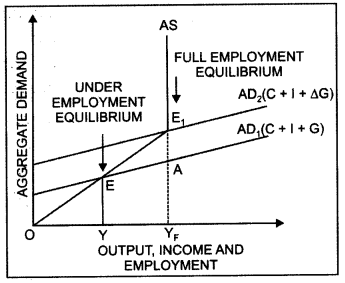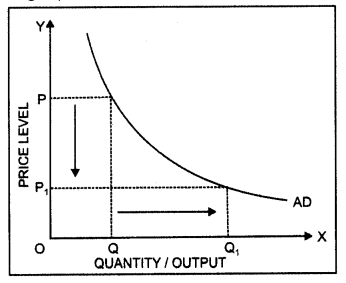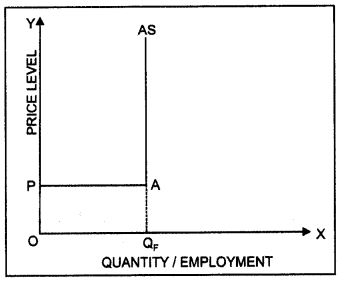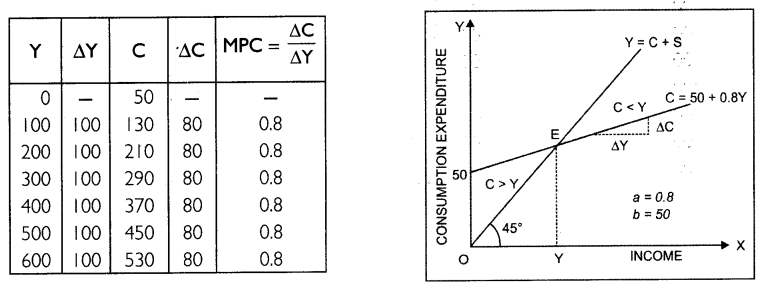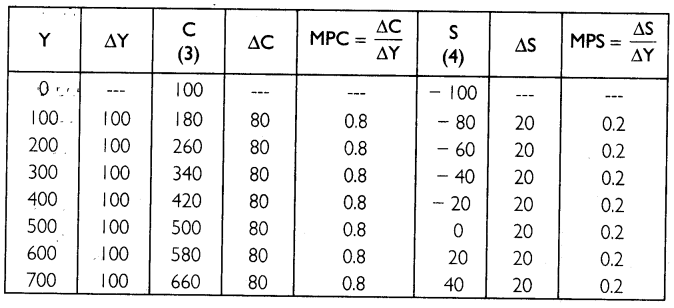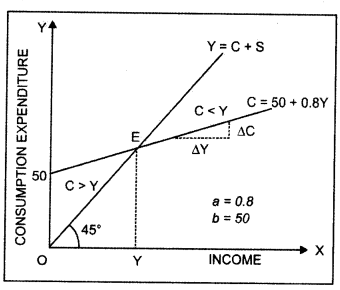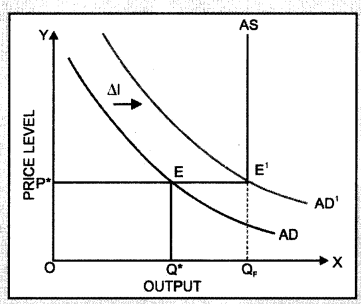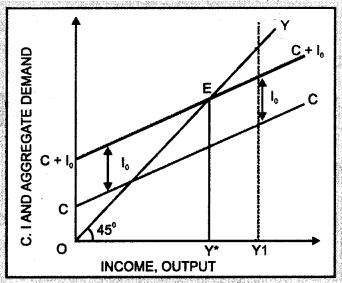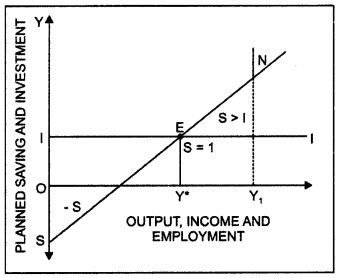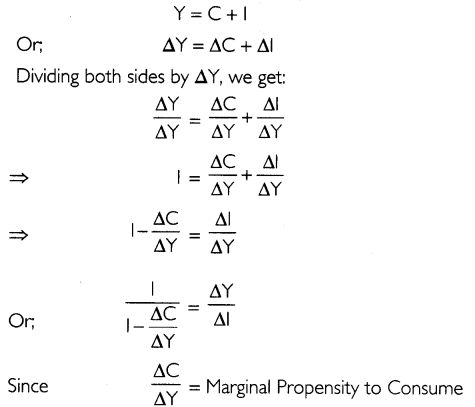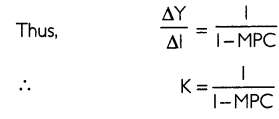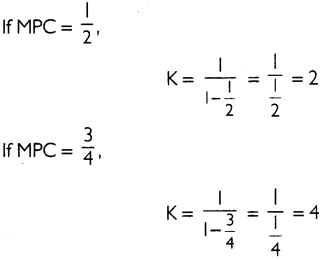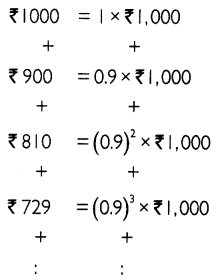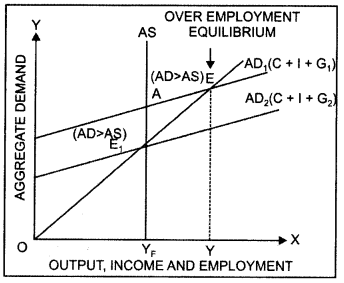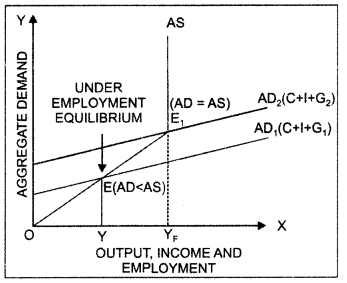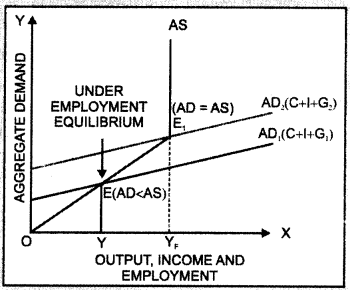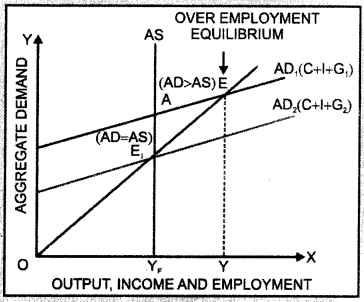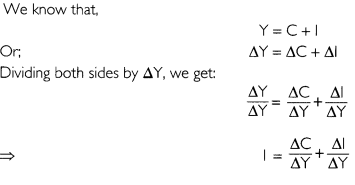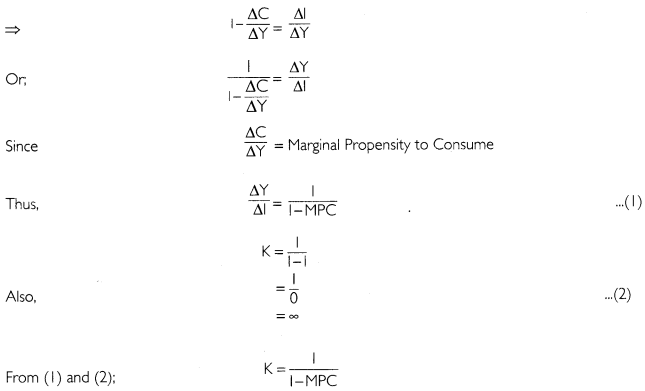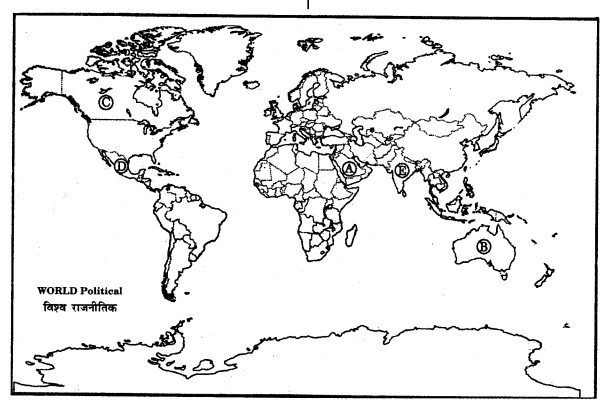Here we are providing 1 Mark Questions for Economics Class 12 Chapter 5 Human Capital Formation In India are the best resource for students which helps in class 12 board exams.
One Mark Questions for Class 12 Economics Chapter 5 Human Capital Formation In India
Question 1.
Define human capital.
Answer:
Human capital is the stock of knowledge and skills that make the workers productive,
Question 2.
List the sources of human capital.
Answer:
The sources of human capital are:
(i) Education
(ii) Health
(iii) On-the-job training
(iv) Labour market information
(v) Migration
Question 3.
Why do individuals invest in education?
Answer:
Individuals invest in education to increase their future income.
Question 4.
What is the main reason for rural-urban migration?
Answer:
Unemployment is the main reason for rural-urban migration.
Question 5.
Define physical capital.
Answer:
Physical capital refers to the manufactured assets used in the process of production such as machinery, equipment, buildings, vehicles, etc.
Question 6.
Define economic growth.
Answer:
Economic growth refers to the increase in real national income of a country.
Question 7.
List the indicators of educational achievement in a country.
Answer:
The indicators of educational achievement in a country are:
(i) Adult literacy rate
(ii) Primary completion rate
(iii) Youth literacy rate
(iv) Net attendance ratio
(v) Teacher-pupil ratio
Question 8.
What are the indicators used to measure the health status of a country?
Answer:
The indicators used to measure the health status of a country are:
(i) Life expectancy rate
(ii) Mortality rate
Question 9.
What percentage was set as the goal for expenditure on education?
Answer:
It was set at 6 percent of the GDP.
Question 10.
What is the present literacy rate of India?
Answer:
The literacy rate of India (201 1-12) is 74 percent.
Question 11.
Name die institutions that regulate the education sector in India.
Answer:
NCERT, AICTE and UGC regulate the education sector in India.
Question 12.
Which institutions regulate health sector in India?
Answer:
ICMR and Health departments regulate the health sector in India.
Question 13.
What was the rate of unemployment among rural youth female with education up to secondary level and above, as per NSSO data in the year 2011-12?
Answer:
30 percent
Question 14.
What was the rate of unemployment among youth with education up to primary level, as per NSSO data in the year 201 1-12?
Answer:
3 to 6 percent
Question 15.
Why is the level of unemployment is the highest among educated youth?
Answer:
The level of unemployment is the highest among educated youth as the standard of higher education institutions is very low.
